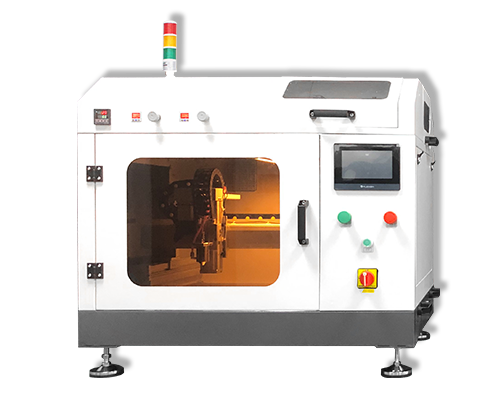Fuel Cell Coating Machines For AEMFC
Cheersonic’s Fuel Cell Coating Machines For AEMFC, PEMs, GDL, electrolyzer manufacturing, R&D to hi-volume.
AEMFC are attracting ever-increasing attention, as they are promising electrochemical devices for energy production, presenting a viable opponent to the more researched proton exchange membrane fuel cells (PEMFCs). Although the AEMFC technology is promising, the longevity challenges remain, originating from the still-limited long-term stability of hydroxide-conducting ionomers, particularly when operating at higher cell temperatures. Anion-exchange membrane (AEM) fuel cells, like their more common proton-exchange membrane counterparts, use hydrogen and oxygen to produce electricity. AEM fuel cells typically use a hydroxide-conducting membrane, rather than a proton-conducting membrane, which allows the use of less expensive catalyst materials.
Cheersonic’ s fuel cell catalyst coating systems are uniquely suited for these challenging applications by creating highly uniform, repeatable, and durable coatings. Using the company’s patented ultrasonic spray head technology, it can spray uniformly and efficiently on proton exchange membranes and gas diffusion layers. Uniform catalyst coatings are deposited onto AEM fuel cells, GDLs, electrodes, various electrolyte membranes, and solid oxide fuel cells with suspensions containing carbon black inks, PTFE binder, ceramic slurries, platinum and other precious metals. Other metal alloys, including Platinum, Nickel, Ir, and Ru-based fuel cell catalyst coatings of metal oxide suspensions can be sprayed using ultrasonics for manufacturing PEM fuel cells, polymer electrolyte membrane (PEM) electrolyzer, Anion Exchange Membrane Fuel Cells (AEMFC)and SOFCs (Solid Oxide Fuel Cells) to create maximum load and high cell efficiency.
The advantages of Cheersonic’s ultrasonic equipment include:
1.Capable of coating PEMs with very small liquid sample sizes (only 10ml of catalyst solution necessary to coat multiple PEMs). Ideal for R&D phase.
2.Ultra-low flow rate capabilities
3.The spray beam is highly controllable for reliable and consistent results.
4.Significantly reduced machine downtime for maintenance
5.Spraying proton exchange membrane with high uniformity and good adhesion
6.Heating plate, vacuum plate or combination of heating plate and vacuum plate
7.Non-clogging atomized spray that does not deviate.

